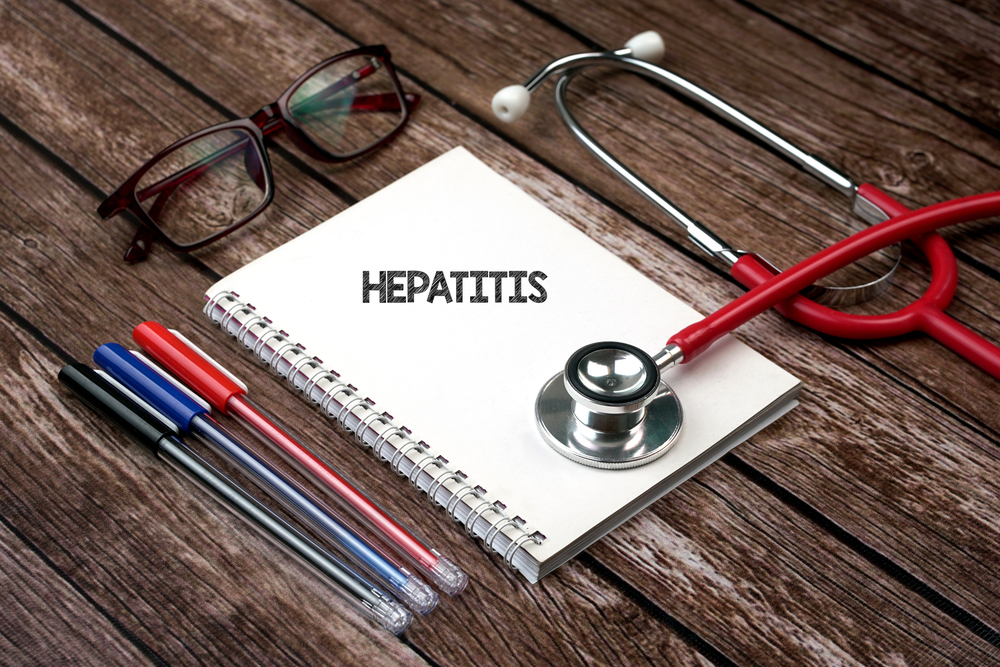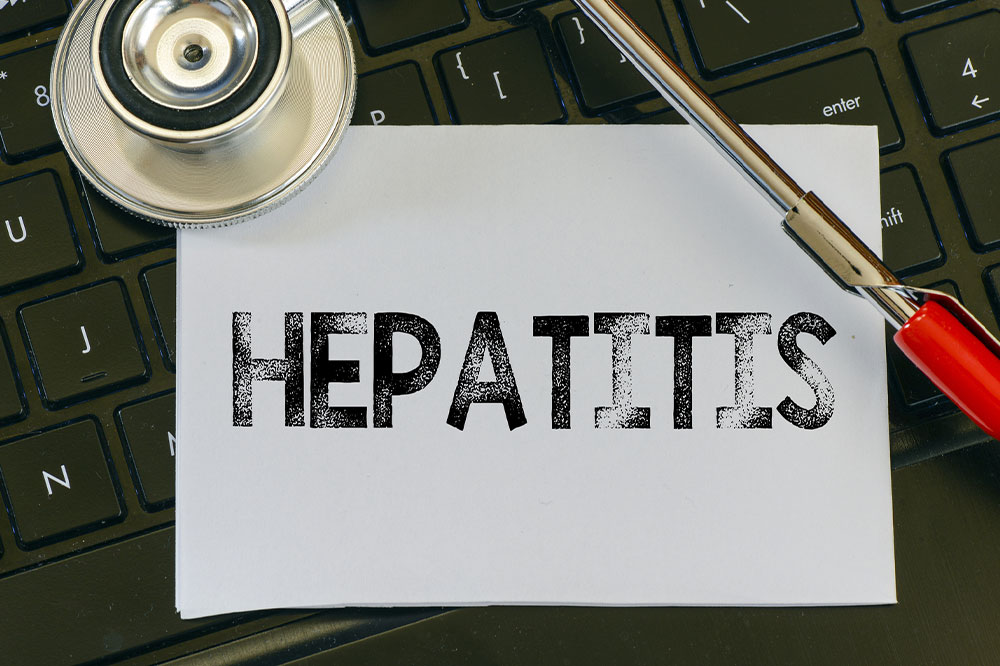Comprehensive Guide to Preventing Hepatitis Infections: Essential Strategies for Protecting Your Liver Health
This comprehensive guide offers essential strategies to prevent hepatitis infections, focusing on understanding transmission modes, vaccination, hygiene practices, and safe behaviors. Implementing these effective measures can greatly reduce the risk of hepatitis, safeguarding liver health and preventing serious complications. Learn how to protect yourself and your community through targeted prevention tactics and awareness campaigns.

Comprehensive Guide to Preventing Hepatitis Infections: Essential Strategies for Protecting Your Liver Health
Hepatitis remains one of the fastest spreading infectious diseases across the globe, posing serious health risks if left unchecked. It involves inflammation of the liver caused by various viruses, with each type having different transmission routes and levels of severity. While hepatitis can lead to life-threatening conditions such as liver cirrhosis and liver cancer, implementing effective preventive measures can drastically reduce your chances of infection. Understanding the diverse types of hepatitis and how they spread is the cornerstone to safeguarding your health and that of your loved ones.
Understanding the Types of Hepatitis and Their Modes of Transmission
To develop a robust prevention plan, it is essential to understand the different hepatitis viruses and how they are transmitted. The most common types, hepatitis A, B, and C, have distinct modes of spread, which requires tailored preventive actions.
Hepatitis A: Predominantly transmitted through the fecal-oral route, hepatitis A spreads via contaminated food and water. It can also be transmitted through close contact with an infected person, especially in settings with poor sanitation. This makes travelers, food handlers, and communities with inadequate hygiene practices particularly vulnerable.
Hepatitis B: Primarily spread through contact with infected bodily fluids, including blood, semen, and vaginal secretions. Common transmission routes include unprotected sexual contact, sharing of contaminated needles, and exposure to infected blood during medical procedures or injections.
Hepatitis C: Mainly transmitted through blood-to-blood contact. Intravenous drug use with shared needles is a leading cause, but it can also occur through unsafe medical practices, blood transfusions (if screening is inadequate), and, less commonly, from sexual contact.
Knowing these differences helps in adopting specific preventive measures tailored to each hepatitis type, significantly reducing infection risk.
This image emphasizes effective strategies for hepatitis prevention, including hygiene, vaccination, and safe practices. Proper hygiene, vaccination, and behavioral precautions form the core of hepatitis prevention efforts.
Practical Strategies to Prevent Hepatitis Infection
Preventing hepatitis involves a combination of personal habits, vaccination, and awareness about risky behaviors. Here are comprehensive steps you can take:
Ensure Safe Drinking Water and Food Hygiene: Always drink purified or bottled water when traveling to areas with questionable sanitation. Avoid consuming raw fruits and vegetables that may have been washed with contaminated water. Cook all seafood and meats thoroughly to eradicate viruses and bacteria.
Practice Good Personal Hygiene: Regular handwashing with soap and clean water is one of the simplest yet most effective measures. Wash your hands after using the restroom, before handling food, and after touching surfaces potentially contaminated with fecal matter.
Get Vaccinated: Vaccination is the most reliable method to prevent hepatitis A and B. Hepatitis A vaccination provides immunity after two doses, while hepatitis B vaccine is typically administered in three doses. Ensure your vaccinations are up to date, especially before traveling to endemic areas.
Adopt Safe Sexual Practices: Engaging in protected sex using condoms reduces the risk of hepatitis B transmission. Limit sexual partners and consider testing both partners for hepatitis infection.
Avoid Sharing Needles and Sharp Instruments: Intravenous drug users should never share needles or syringes. Healthcare providers should use sterile equipment, and individuals should not share personal items like razors or toothbrushes that could have blood on them.
Be Cautious During Medical Procedures: Always ensure that medical and dental procedures are performed with sterile instruments. Verify that blood products used for transfusions are screened for hepatitis B and C.
Regular Testing and Monitoring: High-risk groups, healthcare workers, and individuals with multiple sexual partners should undergo regular hepatitis screening to catch infections early and prevent further transmission.
In addition to these practical measures, staying informed about hepatitis outbreaks and practicing community hygiene can have a significant impact on reducing infection rates at the population level.
Implementing these strategies effectively not only protects individual health but also helps in controlling the spread of hepatitis within communities. Public health education and consistent hygiene practices are vital components of a comprehensive hepatitis prevention program.
Overall, awareness, vaccination, hygienic practices, and responsible behavior form the foundation of effective hepatitis prevention. By adopting these measures, individuals and communities can work together to significantly reduce the incidence of hepatitis infections worldwide.





